- Expert advice/
- Registry & gifts/
- Wedding registry basics/
- Beginner's Guide to Towels
- Wedding registry basics
Beginner's Guide to Towels
From color to size, shape, texture, detail and consistency, this beginner’s guide covers towels from top to bottom so you can take the guesswork out of registering for the perfect set.
Last updated February 5, 2024
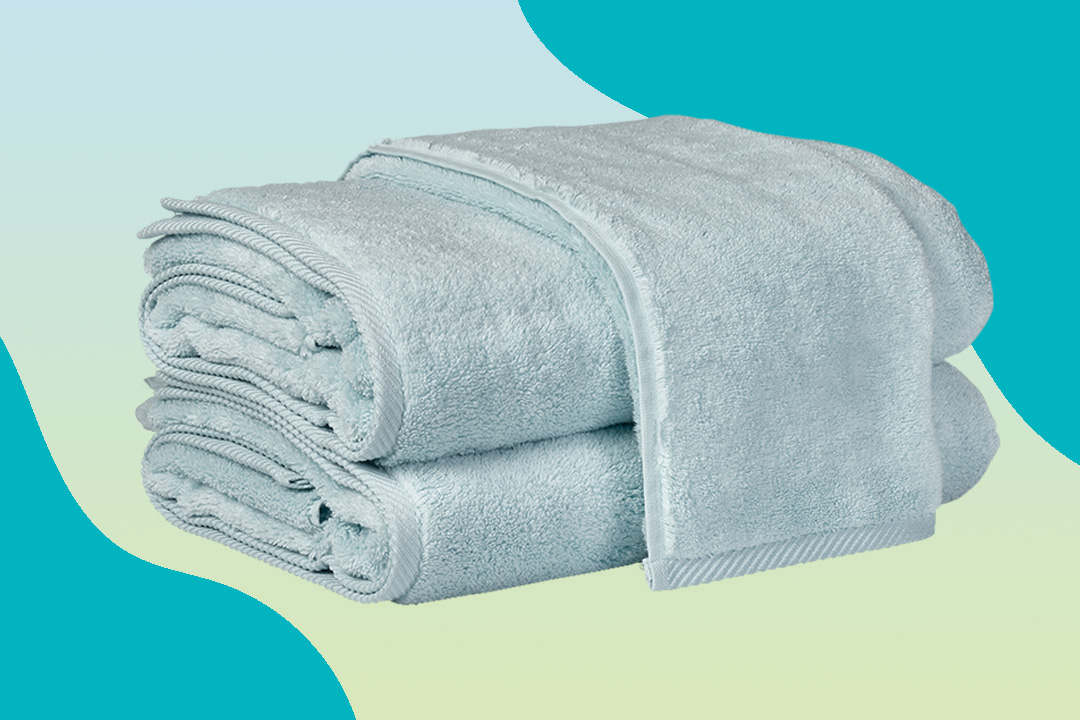
Towels are one of those registry items that are truly everyday essentials. Yet when it comes time to shop for them, the seemingly endless options of towels to choose from can be paralyzing if you don’t know where to start. From color to size, shape, texture, detail and consistency, this beginner’s guide covers towels from top to bottom. Read on to take the guesswork out of shopping for towels, then register for the perfect set that will make your everyday living just a bit more wonderful.
What Are Towels?
Towels are woven pieces of fabric that are used to absorb water. They’re most often used for drying off after bathing, or anytime you need to clean up spills or dry off surfaces.
Do I Need Towels?
Yes! Even if you already have towels (which you must), you should register for a new set of towels. From a practical standpoint, you and your partner both use them all the time—and since wear and tear is the nature of the product, it’s worth stocking up. Take this opportunity to ask for towels that bring a touch of luxury to your daily routine, or that come in materials and sizes you don’t already own to diversify your towel assortment.
What Types of Towels Are There?
Believe it or not, towels come in more than just “big” and “little” varieties. So that you’re fully versed in towel-shop lingo, here are the types of towels you can shop for and their sizes:
Bath Sheet
The largest of their kind, bath sheets are extra-luxe bathing towels sized for maximum coverage when stepping out of the tub or shower. They can transform your everyday bathing routine into spa-worthy experience.
- Size: 35 x 60 inches to 40 x 70 inches
Bath Towel
Bath towels are the most standard type of towel; when you think “towel,” you’re probably thinking of this average-size bathing accompaniment. Their slightly reduced size make them easier to care for (both cleaning and hanging to dry) than bath sheets.
- Size: 27 x 52 inches to 30 x 58 inches
Hand Towel
Used to dry off your hands and/or face, rather than your whole body, hand towels are very helpful in your private bathroom and absolutely necessary in guest bathrooms or powder rooms.
- Size: 16 x 28 inches to 18 x 30 inches
Finger Towel
More formal and decorative than functional, finger towels are used primarily in bathrooms with high guest traffic, like powder rooms or hall baths. Beyond serving as accent decor, finger towels are used for drying hands post-washing.
- Size: 11 x 18 inches
Washcloth
As their names describes, washcloths are meant to be used as personal bathing and scrubbing tools inside the tub or shower. Washcloths can also be used to wash or dry your face and hands, or for smaller cleaning tasks that require less surface area.
- Size: 13 x 13 inches
Bath Mat
Protect your floors (and yourself from slipping) with bath mats. These thick, rectangular towels are placed outside the tub or shower to catch drips and to offer a dry, absorptive surface for you to step upon when exiting.
- Size: 27 x 52 inches
How Many Towels Do I Need?
We suggest between 14-24 total towels per two-person household. A good rule of thumb is to always have two full sets of towels (including a bath towel, hand towel, and washcloth)—one being used, one being laundered. Some couples choose to skip fingertip towels or bath sheets, as they are more of a “nice to have” item as opposed to being necessary for everyday functions. (Of course, we believe these sorts of add-ons make for the perfect registry additions—because if not now, when?) If makeup removal is part of your nightly ritual, we suggest adding more washcloths (potentially in a dark color).
Recommended Towels for a 2-Person Household:
- 2-4 bath sheets (optional)
- 4-6 bath towels
- 4-6 hand towels
- 4-6 washcloths
- 2-4 finger towels (optional)
- 2 bath mats
If you’re outfitting a guest bathroom in addition to your master bath, increase the number of bath towels, hand towels, washcloths, and add an additional bath mat.
What Are The Different Towel Constructions?
A towel’s construction can really impact its softness, absorption, and durability. Different production techniques can result in a higher quality towel—here are the differences between construction methods so you can forever be the wiser consumer.
Combed cotton
In this process, cotton fibers are literally combed to remove debris, fuzz, and shorter threads. The resulting cotton threads (i.e. the longest and strongest) are then woven into a towel.
Ringspun cotton
ringspun cotton is made by twisting longer and shorter fibers together, which creates a smoother yarn that’s overall silkier than combed cotton.
Terry cloth
Extra yarn plus extra-large fabric loops define the construction of terry cloth. The added surface area and density make terry cloth towels very absorbent.
What Are The Different Towel Materials?
Organic Cotton
Organic cotton towels are made from cotton yard that’s free from toxic pesticides and fertilizers, resulting in a more environmentally-conscious and potentially healthier towel.
Pros:
- Environmentally friendly
Cons:
- Can take longer to dry if very thick
Egyptian Cotton
Egyptian cotton is considered the gold standard of towel materials. It’s long-staple fibers are softer and more absorbent than regular cotton, which makes for long-lasting, plush, and absorbent towels of spa-quality luxury.
Pros:
- Luxurious, spa-quality feel
- Thick, plush and absorbent
- Very durable
Cons:
- More expensive ($20 more/towel)
Turkish Cotton
With its extra-long threads, Turkish cotton has both durability, thickness, and softness. It’s very similar to Egyptian cotton in its luxuriousness, but slightly less absorbent (and grown in Turkey).
Pros:
- Thick, soft, and fluffy
- Absorbent
- Very durable
Cons:
- More expensive ($15 more/towel)
- Slightly less absorbent than Egyptian cotton
Pima Cotton
Like Turkish cotton, pima cotton is also similar to Egyptian cotton but grown in the United States. Branded as Supima, the same long-staple fiber is used here as with Egyptian and Turkish cotton, resulting in a similarly high quality towel.
Pros:
- Plush, thick, fluffy
- Durable and absorbent
- Sourced from U.S. materials
- Slightly less expensive than other high-end towels
Cons:
- More expensive than standard cotton ($10 more/towel)
Bamboo
Bamboo naturally renewable material—it grows quicker than cotton and does not require pesticides—so bamboo towels are considered more eco-friendly. Most towels are made from a bamboo-cotton blend. Bamboo is naturally antibacterial and resists mildew, and its fibers create soft, silky, highly absorptive towels.
Pros:
- Antibacterial and mildew-resistant
- Eco-friendly
- Absorptive
- Soft
Cons:
- Less durable
- Pricier than regular cotton ($10 more/towel)
Microfiber
Microfiber towels are made from engineered materials (usually an 80/20 ratio of polyester and polyamide), which result in lighter and thinner towels that excel at absorbency.
Pros:
- Lightweight and thin (great for packing or gym bags)
- Highly absorbent
- Quick dry time
- Naturally attracts dust, dirt, oil, makeup, and dry skin
Cons:
- Not plush or cozy
- Less durable
- Not environmentally friendly (synthetic fibers can pollute water supplies)
What Towel Material Is Right for Me?
Egyptian cotton, pima cotton, bamboo-cotton blend… if you’re unsure what kind of towels are right for your home, consider what you value most from your towels:
- If you want a luxurious feel, choose towels made from Egyptian, Turkish, or pima cotton.
- If you want something affordable, consider standard cotton towels.
- If you’re looking for an eco-friendly choice, choose organic cotton or bamboo towels.
- If you want something lightweight and absorptive, pick microfiber towels.
Up next for you
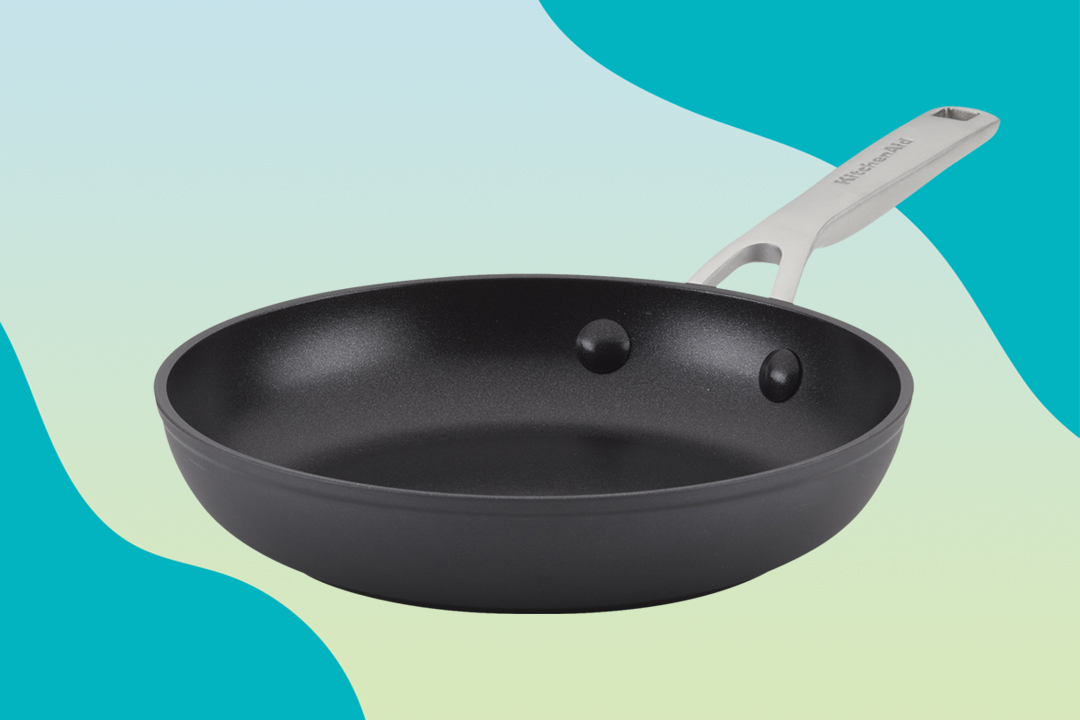
8 Essential Pots and Pans for Beginner Cooks
Inspiration
When it comes to kitchen essentials, no home can go without pots and pans. This beginner's guide will tell you all you need to know about how to choose the right pots and pans for your registry.
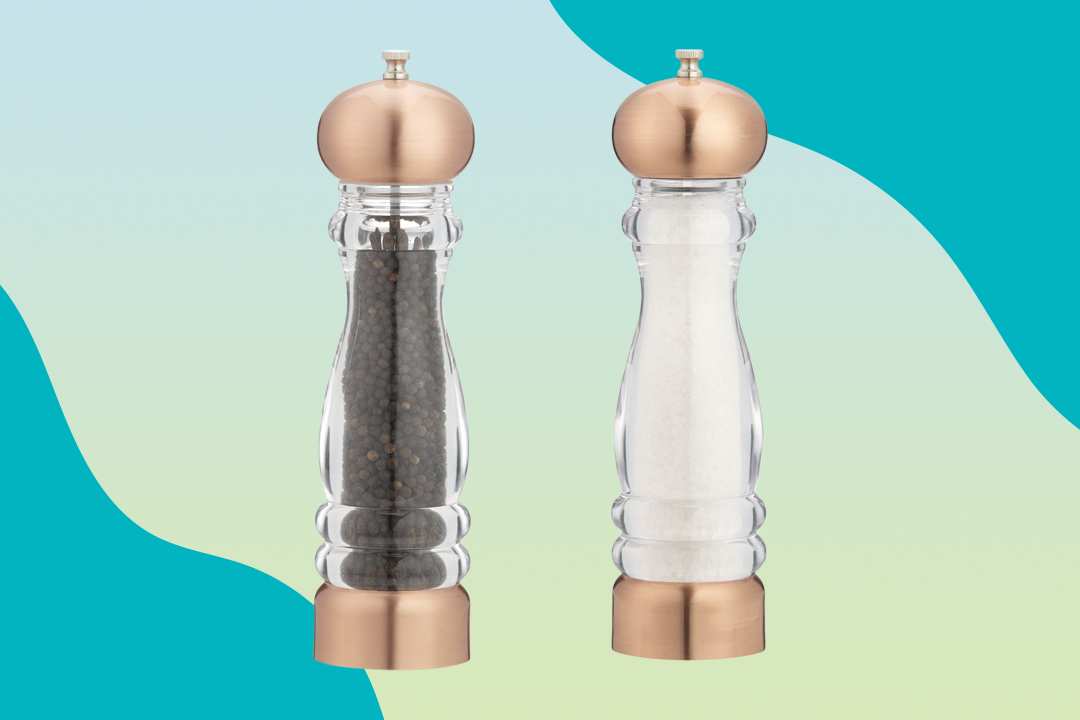
25 Most Forgotten Wedding Registry Items You Need to Know
Inspiration
Don't miss out on these wedding registry must-haves. From a high-quality dutch oven to the small thermometer that makes all the difference, here are items you might forget to register for.

What Is a Registry (And Why Do You Need One)?
Inspiration
A wedding registry is a personalized collection of gifts that an engaged couple has specifically chosen for their guests to shop from in order to make the wedding gifting experience simpler, easier, and more satisfying for everyone.

How to Create a Registry if You Already Live Together
How-To
We're here to tell you why building a wedding registry is still really necessary, regardless of whether you live together before marriage.

Your Wedding Registry Timeline
Inspiration
Find out when to start your wedding registry, when to publish it, and how to keep it updated with this complete wedding registry timeline that will take you from newly engaged to happily married in your newlywed home.
Featured
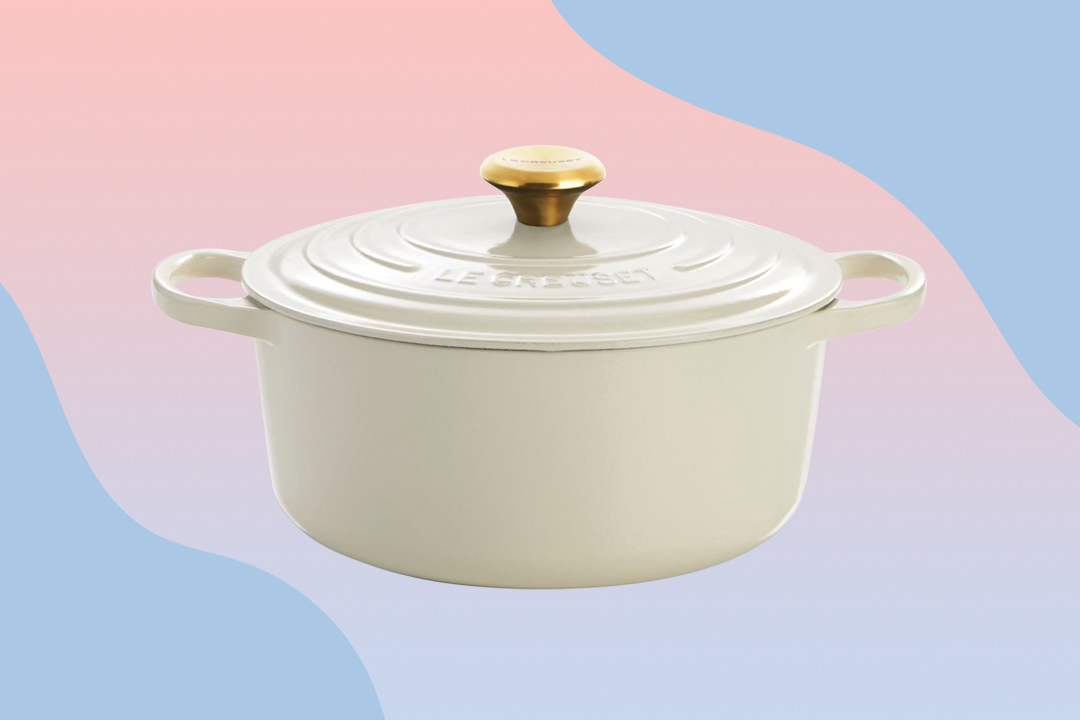
Essentials to Put on Your Wedding Registry
Inspiration
Get started building your registry with our a super-comprehensive checklist of list registry essentials, straight from our team of experts, that will cover ALL of your needs and help you build the newlywed home of your dreams.

How Much Does the Average Wedding Cost in 2024?
Advice
Stay within your wedding budget! See average wedding cost breakdowns by state, guest size, and vendor service, plus money-saving tips from the experts.
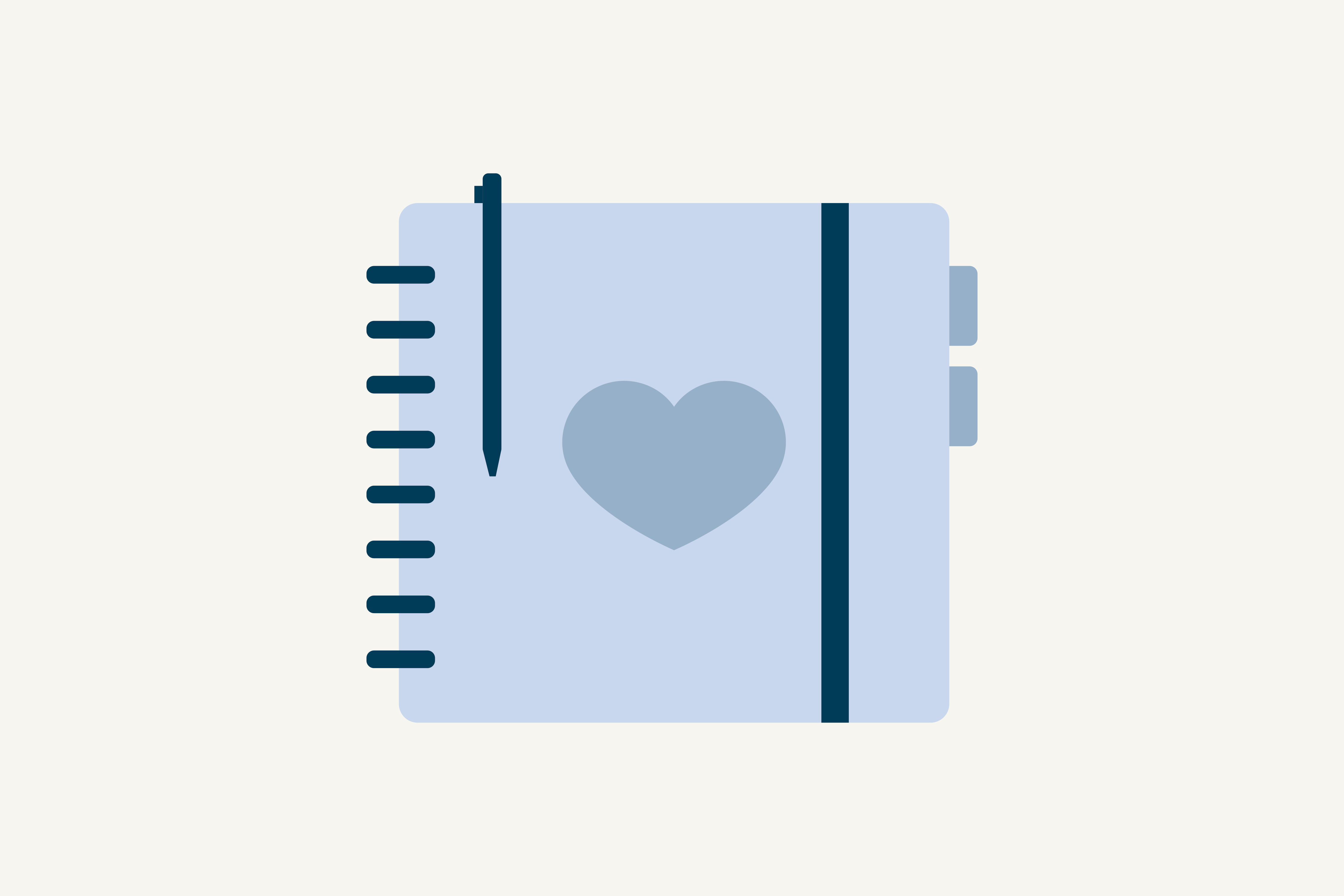
How to Plan a Wedding: A Step-by-Step Guide
How-To
We’ll walk you through the steps of online wedding planning, highlighting all of Zola’s incredibly easy and intuitive online wedding planning tools that’ll make planning for the big day more fun and less frustrating.
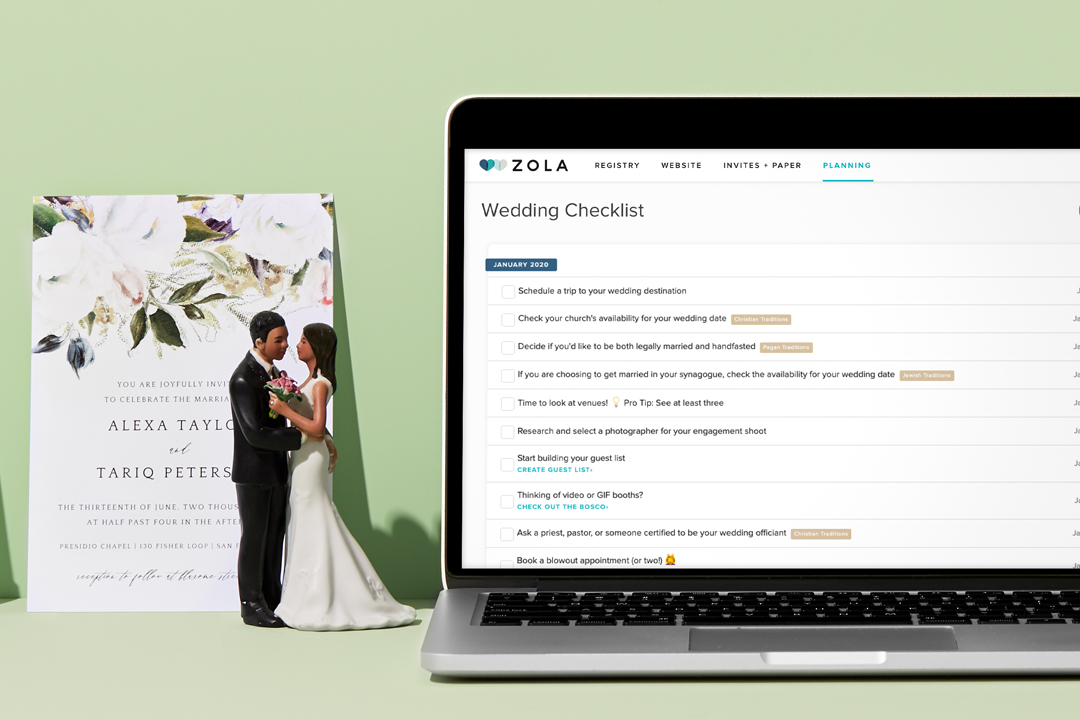
The First 10 Things to Do When Planning a Wedding
How-To
You're engaged—congrats! To help you ease into wedding planning, we’re here with a list of the very first things you should do once you get engaged.

Wedding Invitation Wording: A Complete How-To Guide
How-To
Learn the how-to's of wedding invitation wording, plus formal and casual wedding invitation examples from the experts.

How to Plan a Wedding on a Budget
How-To
Thousands of couples have incredible weddings every year without sacrificing on style or going over budget, and you can do it too.
- Expert advice/
- Registry & gifts/
- Wedding registry basics/
- Beginner's Guide to Towels
Find even more wedding ideas, inspo, tips, and tricks
We’ve got wedding planning advice on everything from save the dates to wedding cakes.
